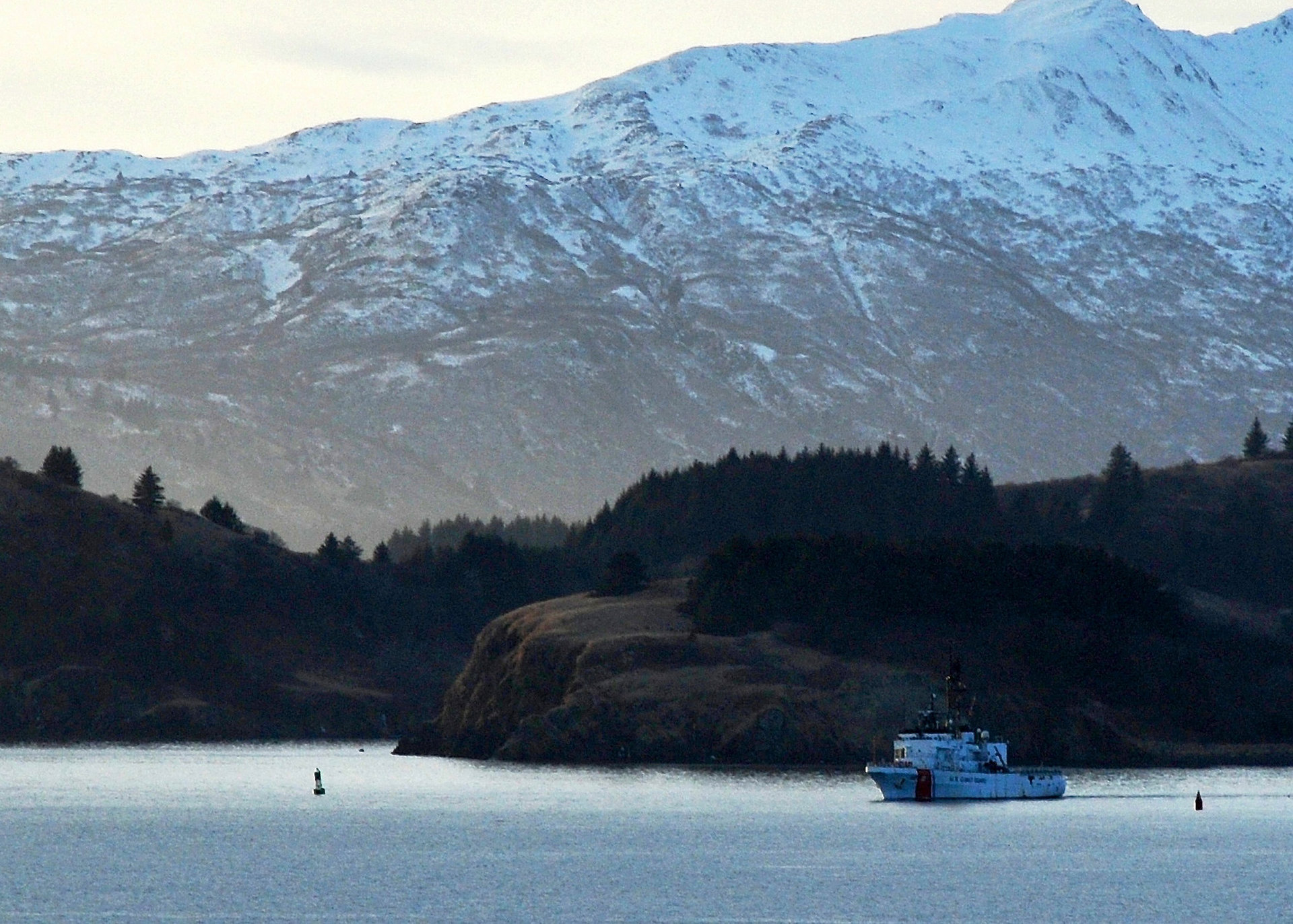A 55-year-old Kodiak fisherman died last week while transferring fish from one boat to another on the Bering Sea.
Christopher O'Callaghan was working on the 95-foot F/V Ocean Hunter on May 2 when a slack line suddenly went taut and struck him in the chest, according to Alaska State Troopers. Authorites said bruising and internal injuries caused O'Callaghan's death.
O'Callaghan’s body was taken to Dutch Harbor and then to the State Medical Examiner’s Office.
Jerry Dzugan, executive director of the Alaska Marine Safety Education Association, described at-sea transfers as “high risk, low incident” events.
“The risks are very high because of the nature of the activity and that fact that it often takes place at open sea between two floating objects (vessels) subject to open sea conditions. And the two vessels usually have different motions in a seaway," Dzugan explained. "So even without slack lines there is a degree of unpredictableness in the motion of the vessels that are tied together, sometimes at just a couple of points. A slack line of course will amplify these motions between the vessels."
Dzugan referred to transfers as "low incident" because he has not seen any fatalities from these situations in a 5-year period. But anecdotally, he certainly hears about close calls.
"I am surprised there are not more severe injuries or fatalities from this cause," he said. "One or two fatalities in a 5-year period doesn't get much attention, which is too bad, because it could use more attention since the risk is so high."
Dzugan added that PFDs can sometimes make a difference in these cases if an injured fisherman is knocked into the water, but did not have any specific insight on the incident aboard theF/V Ocean Hunter.
According to a report from the National Institute for Occupational Safety and Health, 45 people have died in Alaska's commercial fishing industry between 2010 and 2014. Four of those accidents involved gear.







